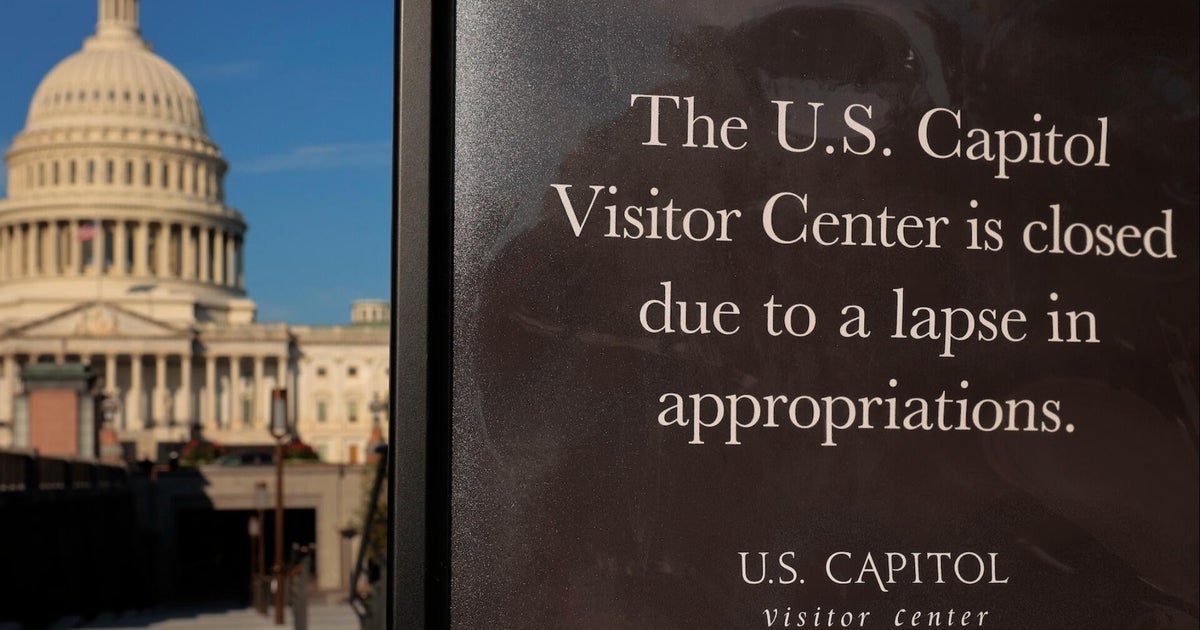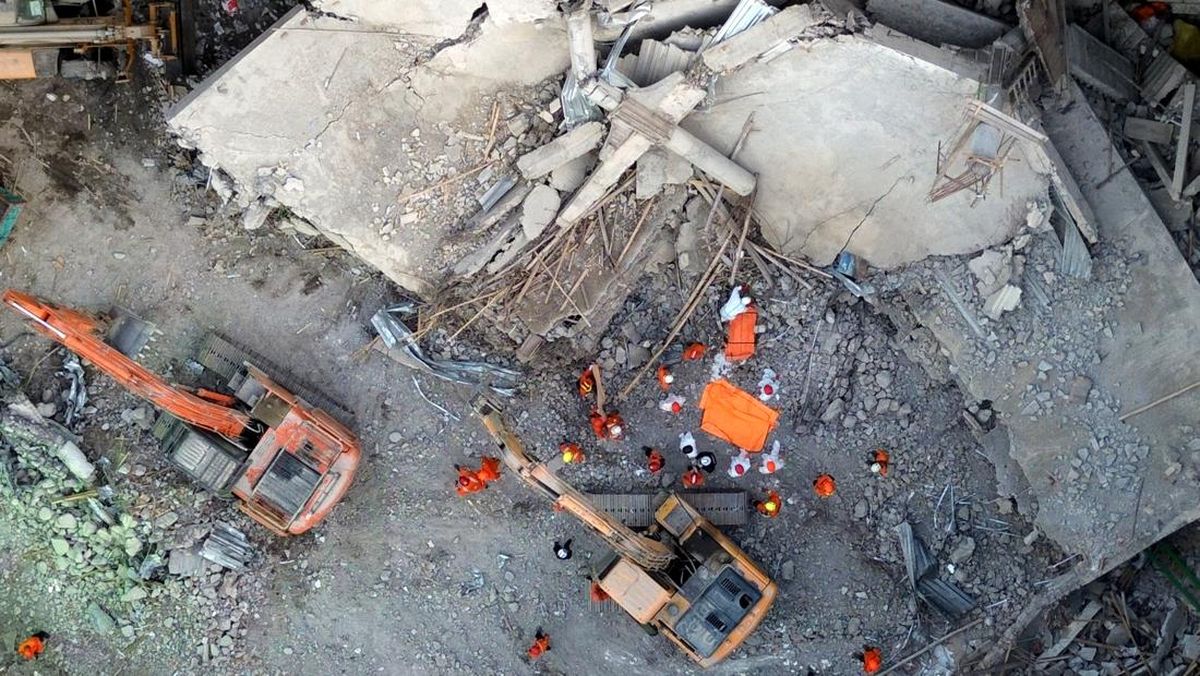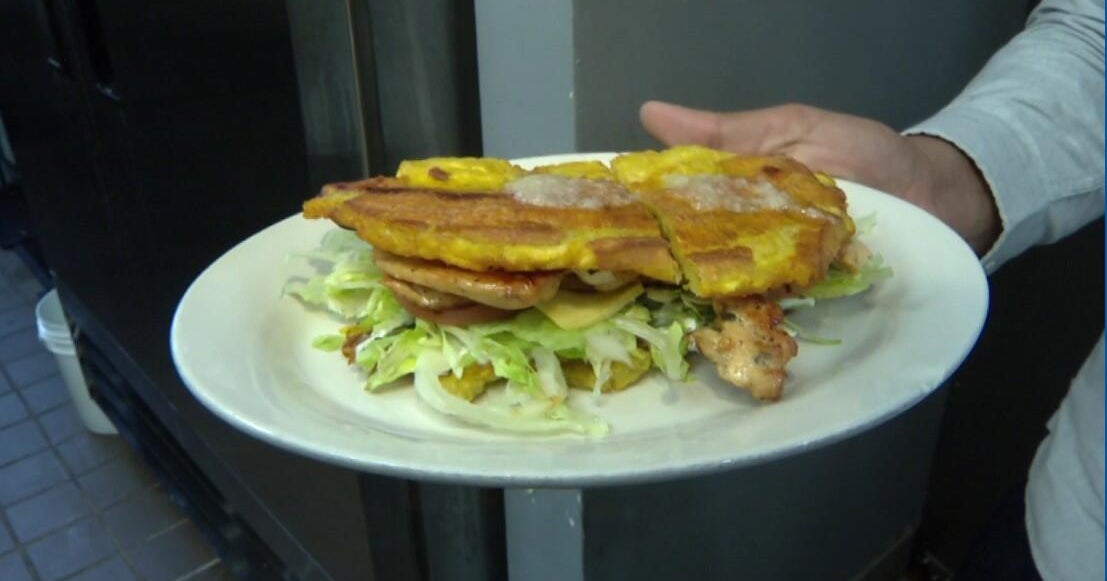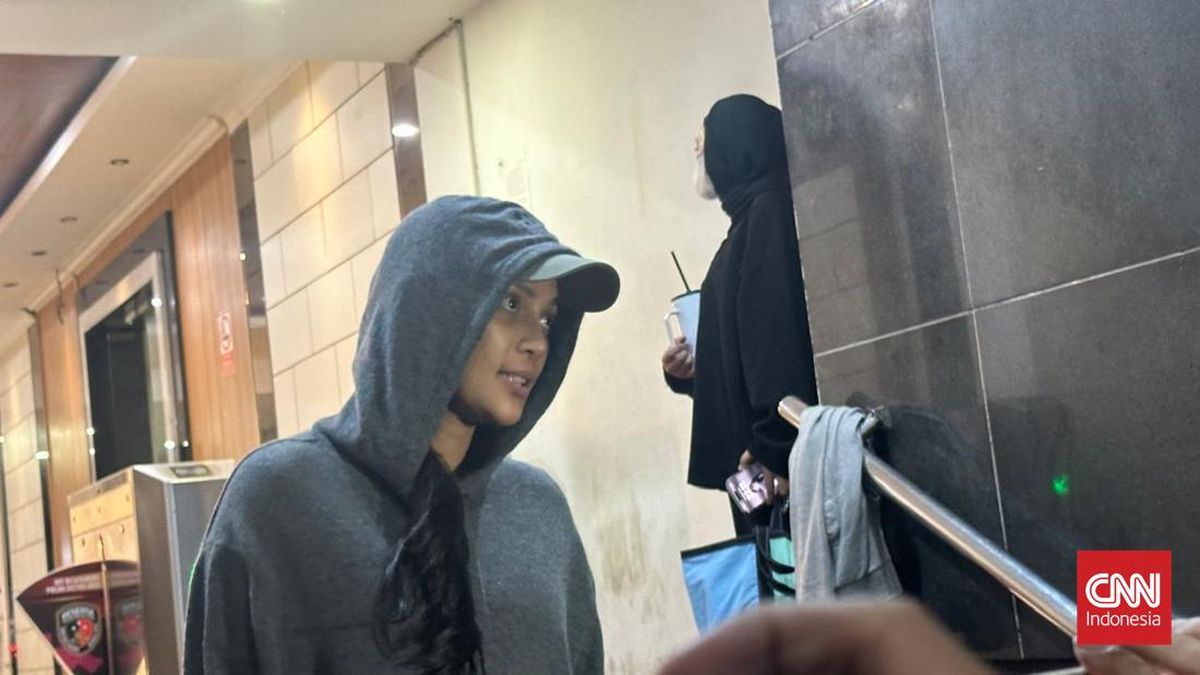When the government’s new Support at Home program begins, many older Australians will be shocked by just how much they’re expected to pay for their aged care. The hardest hit will be pensioners.
Support at Home will replace the current Home Care Packages and Short-Term Restorative Care programs and introduce new initiatives: assistive technology, home modifications and end-of-life pathway. The new means test will include your assets and income. There will be no annual cap – rather just a lifetime cap across home care and residential aged care of $130,000.

Without changes, the scheme risks leaving those who need it most struggling to stay at home safely.
On paper, you can access up to $15,000 in the short term for assistive technology and home modifications, and in the longer term a Level 6 package will provide up to $48,000 a year of funding, but the co-contributions could easily be $14,000. In a cost-of-living crisis, there aren’t too many retirees with a spare $14,000 of income lying around.
Moreover, a Level 6 package is at the higher end of Support at Home, but it doesn’t necessarily translate into a large amount of care. In practice, it might provide eight hours a week — a little more than an hour a day of care and support.
Many clinical services are expected to cost around $200 an hour, while everyday living and independence services sit at about $100 an hour. Which means many retirees will need to “top up” their package to get all the help they actually need to live safely and comfortably at home.
Loading
Some might think the answer is moving into residential aged care. But that’s easier said than done. Waiting lists are long, and the costs can feel like jumping from the frying pan into the fire. The reality is, more and more people will need to turn to their biggest investment – their home – to meet the rising costs of care.
There are two ways of doing that: through a reverse mortgage from a bank, or through the government’s Home Equity Access Scheme (HEAS).
On the surface, the HEAS looks like the safer, fairer option. It’s government-backed, charges a modest interest rate (currently 3.95 per cent, per annum) and comes with protections. But the scheme falls short where it’s needed most.
Expanded in 2022, the HEAS allows retirees to receive up to 150 per cent of the age pension and is available to pensioners and self-funded retirees. Singles can receive up to $1,768 a fortnight, couples up to $2,665. But pension payments offset these amounts – for full pensioners, that takes the maximum payment to $589 per fortnight for singles and $888 for couples.
Put that against the reality of Support at Home co-payments where full pensioners will contribute 5 per cent of the cost of their independence services and 17.5 per cent towards everyday living services.
Part-pensioners and self-funded retirees can pay up to 50 per cent and 80 per cent respectively. The HEAS will help cover the Support at Home package costs, but it leaves little or nothing for additional care, support, or living expenses.
The government says it wants to help people age in place. If that’s true, the HEAS needs to be expanded. Retirees need to be able to draw enough from their home to cover not just the basics, but the genuine cost of care.
Without this, the scheme risks leaving those who need it most struggling to stay at home safely.
Rachel Lane is the author of Downsizing Made Simple, a book and website aimed at demystifying downsizing.
- Advice given in this article is general in nature and not intended to influence readers’ decisions about investing or financial products. They should always seek their own professional advice that takes into account their own personal circumstances before making any financial decisions.
Expert tips on how to save, invest and make the most of your money delivered to your inbox every Sunday. Sign up for our Real Money newsletter.
Most Viewed in Money
Loading


















































